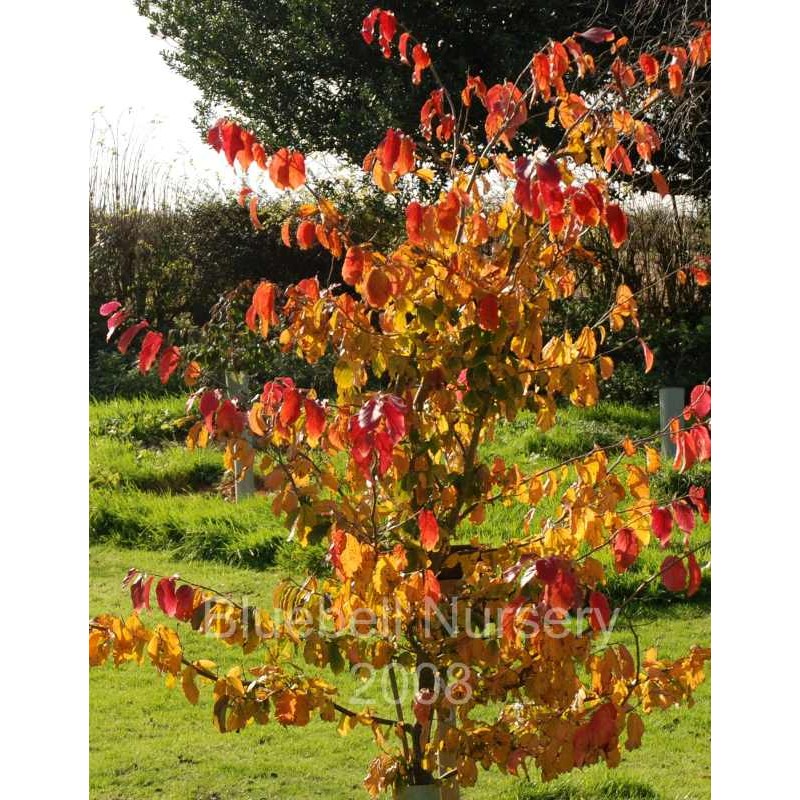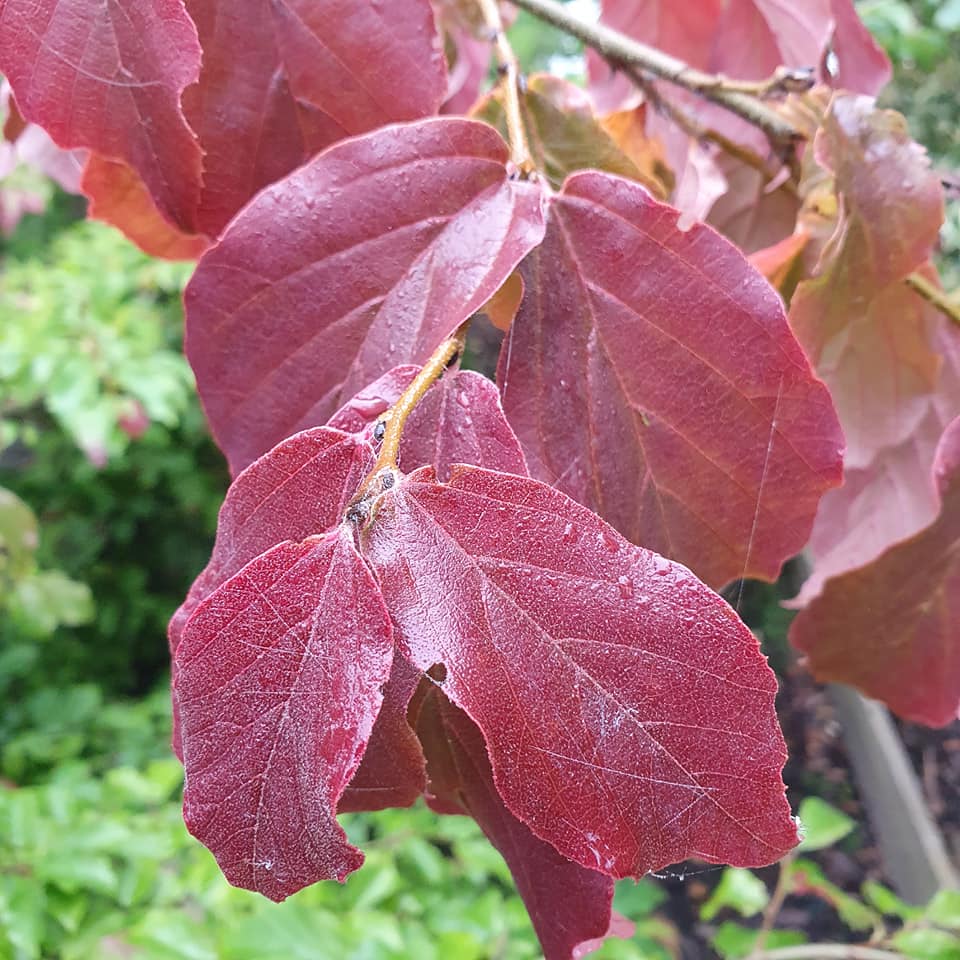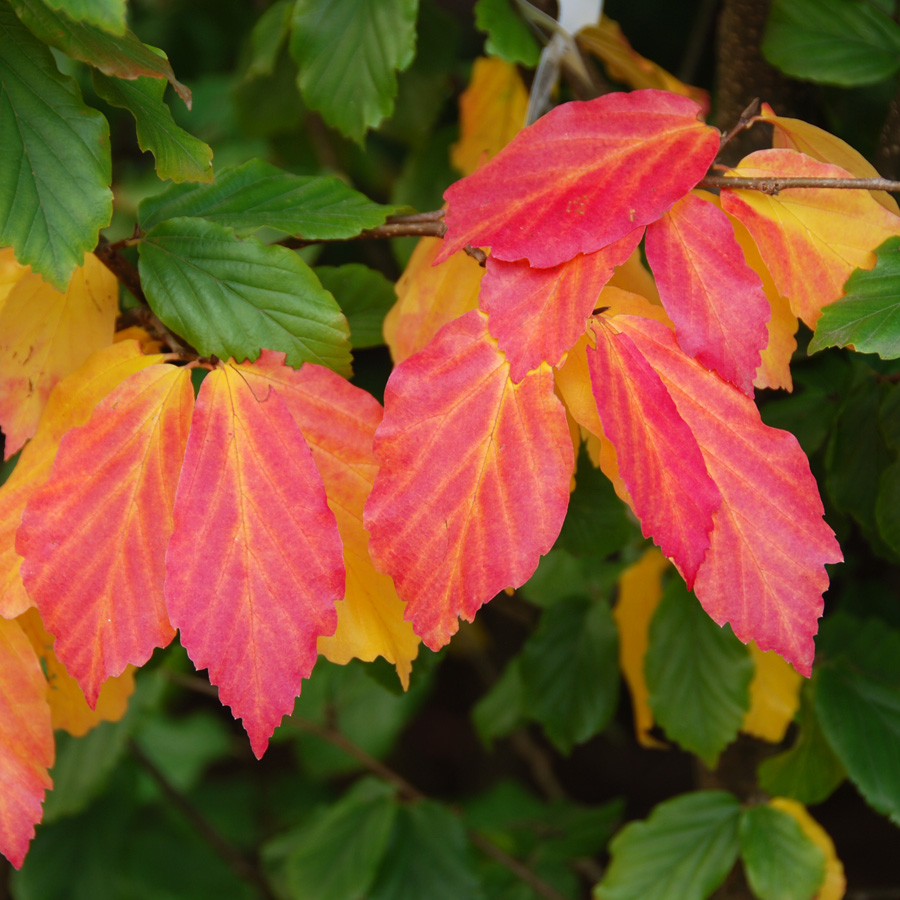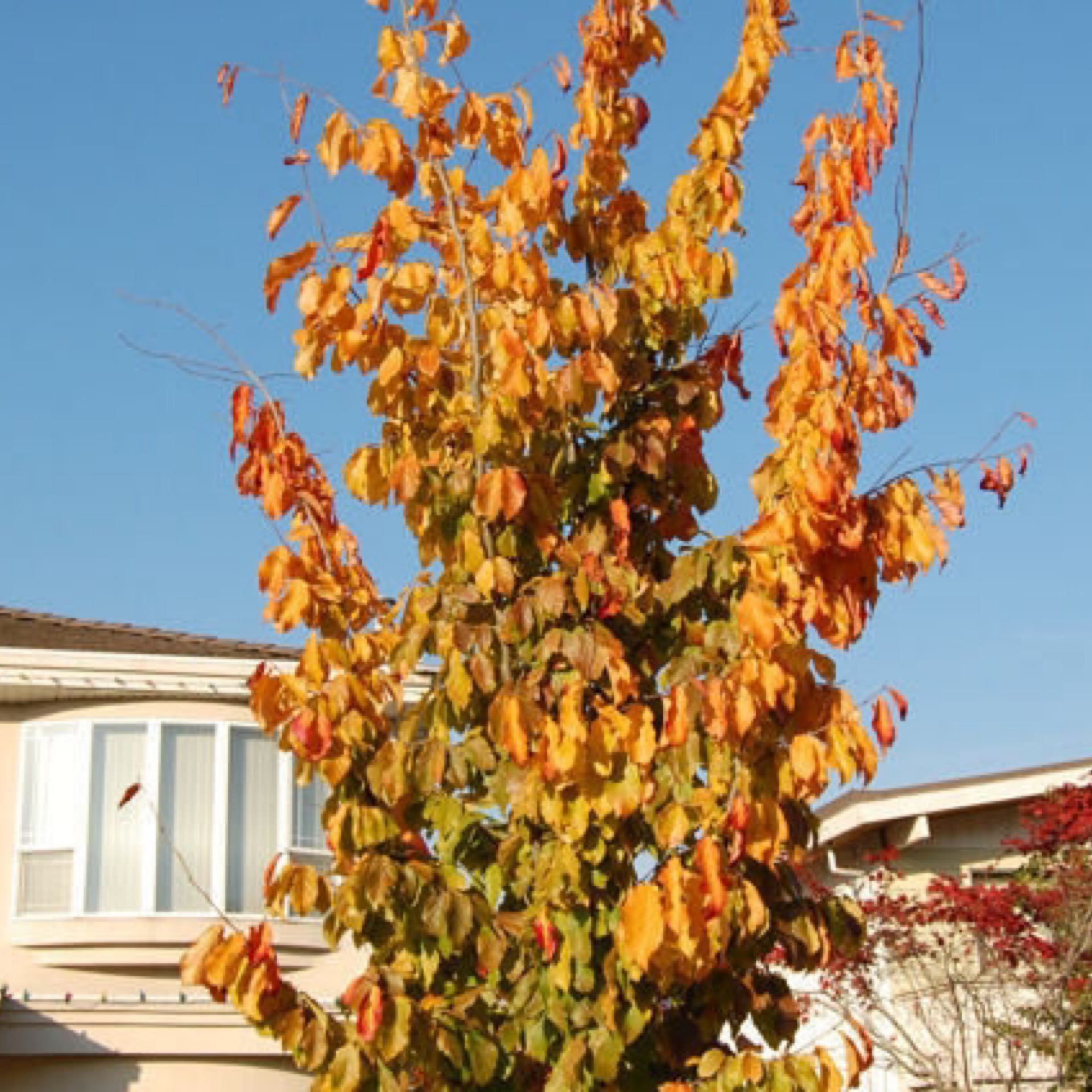
Buy Parrotia persica 'Vanessa' Tight Upright Persian Ironwood Mr Maple │ Buy Japanese Maple Trees
Parrotia (Persian Ironwood Ironwood, Persian Parrotia Irontree) Plants Genus: Parrotia (Persian Ironwood Ironwood, Persian Parrotia Irontree). Parrotia persica 'Vanessa' [Vanessa Persian Parrotia] Vanessa is a cultivar that has a distinctly upright or columnar habit. One of the best trees for foliage and bark effect. Very adaptable.

Persian Ironwood (Parrotia persica 'Vanessa')
Parrotia persica, the Persian ironwood, is a deciduous tree in the family Hamamelidaceae, closely related to the witch-hazel genus Hamamelis. It is native to Iran's Caspian region (where it is called انجیلیanjili) and Iranian Azerbaijan (where it is called Dəmirağacı ).

Parrotia persica 'Vanessa', Persian Ironwood 'Vanessa', Tree with fall color, Fall color
Parrotia persica is a member of the Hamamelidaceae, or witch hazel family, which includes many other winter- and early spring-blooming shrubs and trees. It is native to northern Alborz mountains of Iran (formerly Persia; hence the common name Persian ironwood), but is widely hardy in much of Europe and North America and can be reliably.

Buy Parrotia persica 'Vanessa' Tight Upright Persian Ironwood Mr Maple │ Buy Japanese Maple Trees
Product Details An unusual small tree with green leaves in spring and summer which turn a glorious plum purple, red and orange in the autumn time before falling. The bark on an established trees tends to flake over time, leaving a very attractive patchwork of steely grey and white.

Parrotia persica 'Vanessa' (Persian Ironwood)
Height: 20.00 to 40.00 feet Spread: 20.00 to 30.00 feet Bloom Time: March to April Bloom Description: Red Sun: Full sun Water: Medium Maintenance: Medium Suggested Use: Street Tree, Flowering Tree Flower: Insignificant Leaf: Good Fall Other: Winter Interest Tolerate: Clay Soil, Air Pollution Garden locations Culture

Parrotia persica Vanessa Persian Ironwood
Persian Ironwood Or cultivors of 'Ruby Vase', 'Vanessa' and 'Persian Spire' Parrotia persica The Parrotia, or Persian Ironwood, is a curious and under-utilized tree that deserves much more attention. One reason for this limited use may be its rather challenging structure.

Parrotia persica Persian ironwood Van den Berk Nurseries
Description The Persian ironwood is small to a medium-sized, slow-growing, deciduous tree that grows up to 15 to 30 feet in height and is equally as wide. It has a rounded, upright habit with spreading branches, and will often have several trunks. It may also be grown as a large multi-stemmed shrub that reaches 15 feet in height.

Parrotia persica Persian ironwood Van den Berk Nurseries
How to plant Parrotia persica. You can plant Persian ironwood at any time of year. Dig a hole that's the same depth as the root mass, but twice as wide. Remove the tree from its pot and loosen the roots slightly before planting. Place the tree in the hole and ensure that it sits no deeper than it was sitting in the pot.

Parrotia persica 'Vanessa', Ironwood Dancing Oaks Nursery and Gardens
101 Family: Hamamelidaceae Genus and species: Parrotia persica Description: Originating from Iran, this Persian Ironwood is situated in a patch of grass, between two other trees. While the tree may be small in width, it makes up for its narrow base with a plethora of branches, and orange leaves.
Parrotia persica 'Vanessa' The Site Gardener
Plant Type and Habit: Parrotia persica is a wide-spreading, deciduous deciduous tree or large shrub, often multi-stemmed. The branching structure is often irregular but aesthetically pleasing, contributing to its ornamental value. Size: In cultivation, it typically grows to 15-30 feet (4.5 to 9 meters) in height and has a similar or slightly.

Parrotia persica Vanessa Art's Nursery
Time to ultimate height 20-50 years Ultimate spread 2.5-4 metres Growing conditions Loam Chalk Sand Clay Moisture Moist but well-drained, Well-drained pH Acid, Alkaline, Neutral Colour & scent Position Full sun Aspect South-facing or West-facing or East-facing Exposure

Buy Parrotia persica 'Vanessa' Tight Upright Persian Ironwood Mr Maple │ Buy Japanese Maple Trees
Persian ironwood (Parrotia persica).Author's photographs. Persian ironwood (Parrotia persica) seems exotic yet familiar, all at the same time.It has bark reminiscent of the more commonly grown Chinese elm (Ulmus parvifolia) and sycamores and plane trees (Platanus species); the luxuriant summer leaves of a beech tree (Fagus species); and a combination of brilliant fall colors evocative of.

PlantFiles Pictures Persian Ironwood, Persian Parrotia 'Vanessa' (Parrotia persica) by growin
Persian Ironwood, An excellent small-scale shade tree with a colorful, spreading canopy of thick foliage that emerges reddish purple to bronze in spring and mat

PlantFiles Pictures Persian Ironwood, Persian Parrotia (Parrotia persica) by Kelli
Parrotia persica Vanessa « Previous Plant | Next Plant » Parrotia persica 'Vanessa' Ironwood - Persian 'Vanessa' Persian Ironwood was chosen for its upright, columnar form. Parrotia 'Vanessa' has multi-season appeal, starting in winter and spring when attractive mottled bark is offset by small red spidery flowers.

Persian Ironwood Parrotia persica 'Vanessa' 7 202 Tree Center
Persian Ironwood Pronunciation: par-RO-ti-a PER-si-ka Family: Hamamelidaceae Genus: Parrotia Type: Broadleaf Native to (or naturalized in) Oregon: No Broadleaf deciduous tree/shrub, 20-50 ft (6-15 m) high, rounded, upright, wide spreading branches, often with several trunks. Bark exfoliating, producing a mosaic of green, white and brown.

Parrotia persica 'Vanessa' (Persian ironwood)
Explore More Donate Your support is vital to the Arboretum, where the power of trees makes a positive impact on people's lives. Make a gift To plant and protect trees for a greener, healthier, and more beautiful world